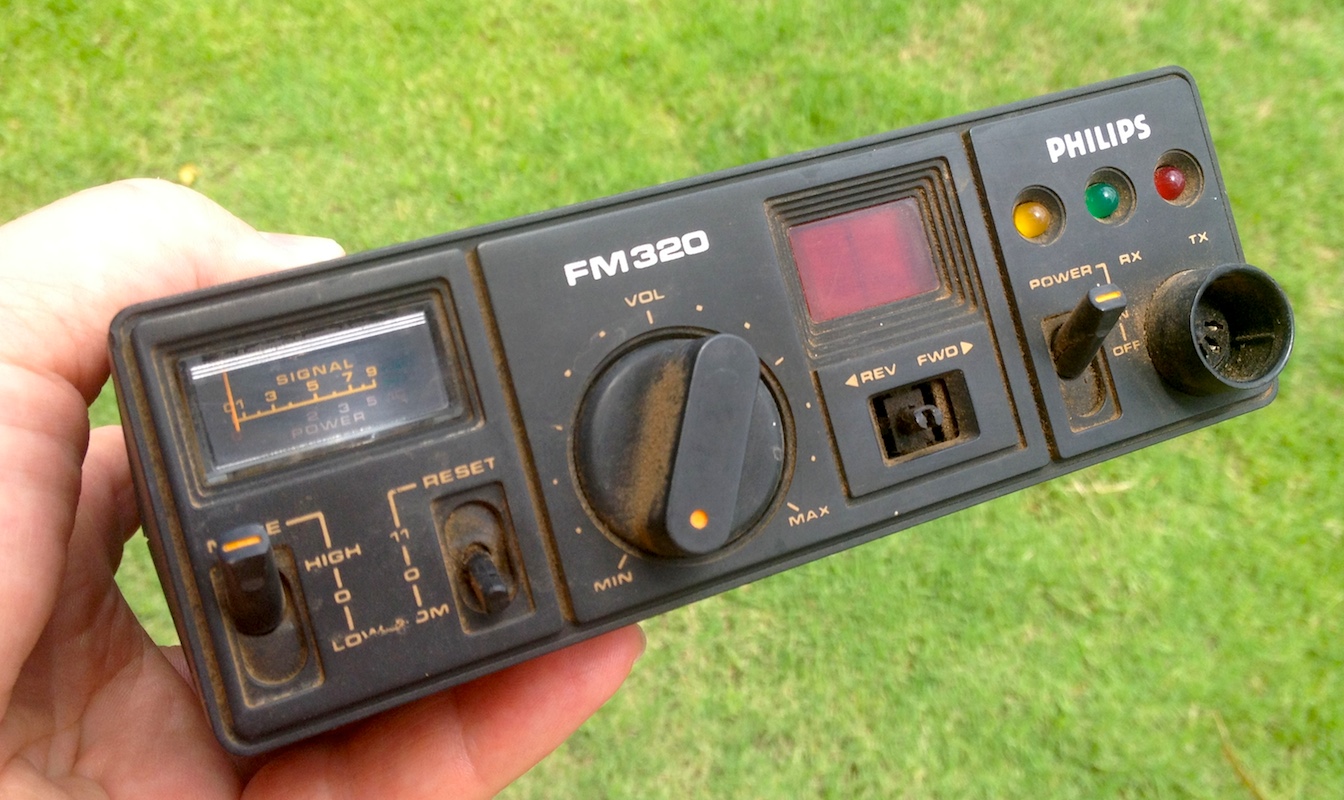So… this arrived in my email this morning

What a nice surprise, well done to the organisers. If their plan was to get people thinking about the next contest in July, it’s working. I’m not a dedicated contester by any means, but the Trans-Tasman was relaxed fun last time, so I’m keen to sort out the problems with my dipole and have another shot. I’m pretty much a 40m only operator for this due to the difficulty of squeezing in enough wire on the block. I have looked at plans for some loading coils but I’m finding it difficult to find the time to get to that and a number of other projects.
Another contest I’ll have a shot at if I can make the time is the VK Shires. Since I’m out in the bush, but in easy 40m range from Perth I should be able to give some points away to the VK6 operators.

 NO84
NO84
 With a long weekend, and a major project at work behind me, I had a tiny bit of breathing space to play radio this weekend. What I should have been doing is putting in a couple of hours on the AllStarLink for my club (currently at about 30% finished). What prevented this was a new toy scored second-hand from eBay that arrived this week – a Kenwood TH-D72A handheld.
With a long weekend, and a major project at work behind me, I had a tiny bit of breathing space to play radio this weekend. What I should have been doing is putting in a couple of hours on the AllStarLink for my club (currently at about 30% finished). What prevented this was a new toy scored second-hand from eBay that arrived this week – a Kenwood TH-D72A handheld. I grabbed this off eBay, the main attraction being it’s APRS capability, including: built in GPS, stand alone digipeating, and the ability to plug it into a PC and use it as a TNC. My first big plan for this, since I’m miles from anywhere, was to use it to get my staion on the
I grabbed this off eBay, the main attraction being it’s APRS capability, including: built in GPS, stand alone digipeating, and the ability to plug it into a PC and use it as a TNC. My first big plan for this, since I’m miles from anywhere, was to use it to get my staion on the  The Phillips FM320 UHF CB has the facility to be locked to a particular channel. This is controlled by the existence or absence of a number of diodes on the circuit board. I’ve been looking into this for a
The Phillips FM320 UHF CB has the facility to be locked to a particular channel. This is controlled by the existence or absence of a number of diodes on the circuit board. I’ve been looking into this for a 



